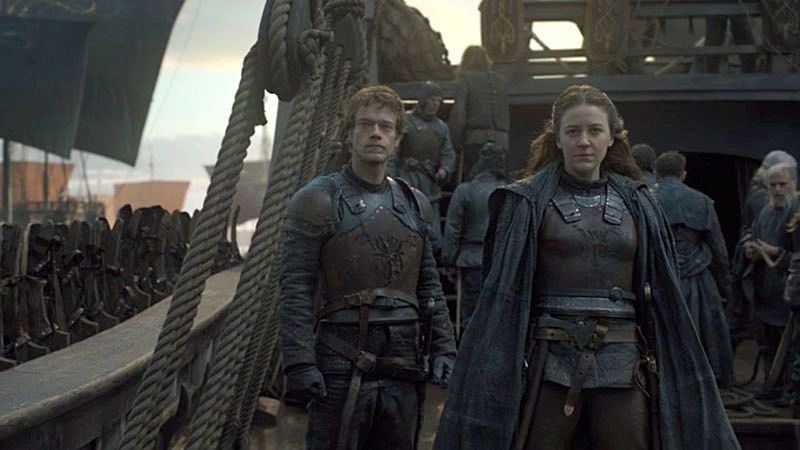Academics Reidar P. Lystad and Benjamin T. Brown, both of Macquarie University in Australia, have teamed up to bring us a paper all about death and mortality on Game of Thrones, published in the journal Injury Epidemiology. They did this partly to identify predictive factors for all the pour souls living in Westeros, and partly as “an excuse to re-watch the first seven seasons before the final season reaches television screens worldwide.” Sounds legit to me. What did they find?
Of all their findings, the most interesting to me was that characters who switched allegiances at some point during the show were more far likely to survive than those that stayed the course. That’s bad news for old stalwarts like Ned Stark, but if you’re willing to betray your boss, it can work out well for you…at least for now.
Some of the other findings include:
- Lystad and Brown looked at 330 characters. In the seven seasons studied, 186 had died.
- All but two of the deaths were due to injury, burns or poisoning. They’re violent deaths, basically. The only person who died of natural causes that I can remember is Maester Aemon. Who’s the second?
- Lystad and Brown measured how long after they first appeared onscreen it took for a character to die. They lasted anywhere from 57-hours-and-15-minutes on the long end and 11 seconds on the short end. Characters have an 86% chance of surviving more than one hour.
- Low-born men are at the greatest risk of death.
- The study divides characters into three “prominence” levels: low, medium and high. Characters who didn’t feature prominently had pretty good chances of survival while characters with medium prominence were at great risk of death. Highly prominent characters were somewhere in the middle.
Below, a few of these findings are distilled to graph form, the best of all forms:
There’s also a section where Lystad and Brown outline ways Westeros could decrease its high rate of violent death, including the installation of stable, democratic governments; a focus on commerce rather than war as a way to make money; and the development of institutions like schools and hospitals that will improve overall well-being.
I wouldn’t expect to see any of those measures taken in season 8, though, at least not until the very end. Click here to read the whole paper.
To stay up to date on everything Game of Thrones, follow our all-encompassing Facebook page and sign up for our exclusive newsletter.
Watch Game of Thrones for FREE with a no-risk, 7-day free trial of Amazon Channels
h/t Ars Technica




















![[Book Review] The Blade Itself (The First Law Trilogy) by Joe Abercrombie](https://bendthekneegot.com/wp-content/uploads/2018/01/1516047103_maxresdefault-218x150.jpg)





















